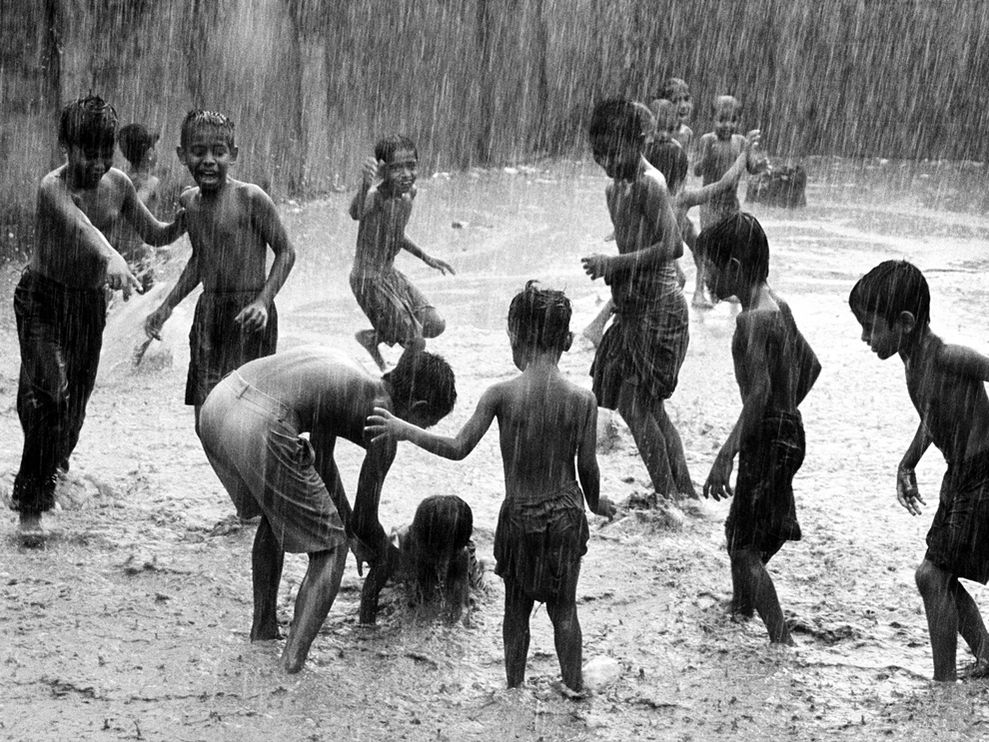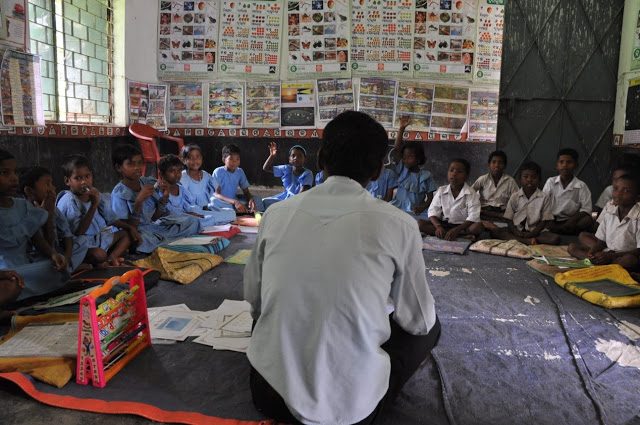
By Anantha Hegde
Karnataka has come up with a very effective method for dealing with the growing demand for English medium education across government schools in the state. It would not be wrong to say that the demand for English medium education in government schools has been one that has existed in the country for a very long time and educationists and policy makers have engaged with the issue time and again.
Many educationists, policy makers and teachers working in the field of school education would agree that children are capable of learning multiple languages in their childhood and obsession with any one language should not be allowed to overshadow the possibility of learning other languages.
However, an argument which is also widely popular in the domain of school education is that children ought to be taught in the language that is spoken in their immediate environment, i.e. the mother tongue.
It is for this reason that most education systems advocate the mother tongue as the medium of instruction for school children or at least until the completion of primary education.
This is not to deny the fact that as many languages as possible should be learnt by children and an environment of multilingualism must be encouraged as part of the school community, however what also must not be denied is the feasibility of learning in one’s own mother tongue.
It is this idea which is also reiterated by the National Education Policy 2019(NEP 2019).
The document presents a multi-lingual approach to education in the early years before narrowing it down to studying at least three languages and aligning it with the medium that is chosen for the child. This system is dynamic and largely suitable in a cultural context like that of India and allows children even the choice to choose English as a medium of instruction in the later years.
Keeping the above principles in mind, the Karnataka government had introduced English as a subject initially from class 5 onward and then from class 1 itself.
Over the years, many new and affordable private schools emerged across the state which emphasised English medium education from the very beginning and this encouraged more and more parents to pull their children out of the government schools and admit them to the private schools.
The pursuit of English medium education and the nationwide association of English with a language of empowerment and social mobility meant that many schools owned by the government saw a dwindling of their student strengths across the years.
The challenge faced by many government schools across the county today is how to strike a balance between the growing demand for English medium education and the educational principles that prefer the mother tongue at least for the initial years of learning.
In responding to this unique challenge, Karnataka has adopted a strategy that helps it fulfil the demands of parents who plead for an English medium education as well as stick to the educational principles that assert learning in the mother tongue.
It was during this move that the state launched the first set of English medium sections in 1000 schools across the state and recently announced that it would set up another 1000 new English medium sections in the academic year 2020-21.
This implies that by June 2020, Karnataka would have 2000 schools running one section of English medium across all 34 districts of the state- in total there would be nearly 3000 sections across classes one and two.
It would not be wrong to say that the model of English medium sections being run across Karnataka government schools is one of the most creative ways in which the state has responded to the demand for English as a medium of instruction.
What had added to the appeal of the strategy is that both English and Kannada are being given equal importance in the classroom and the classrooms follow a bilingual form of instruction.
Moreover all textbooks, resources and instructional material are available in these schools in both Kannada and English.
These schools have been selected using multiple criteria of which the most important has been the availability of at least one teacher with English proficiency.
Primary data collected from these schools have suggested that over time, the enrolment rates in these schools has gone up and more and more parents are encouraged to send their children to the government schools.
The positive effort made by the Karnataka government has been widely welcomed by parents and children in the state.
Amidst this, what cannot be denied is the fact that there are also severe challenges as far as this ambitious project is concerned.
The first is the challenge of teaching English as a language with utmost efficiency and without compromising on its quality. If this is not done properly then it would not bring about the benefits and opportunities to the children which it is seen to be capable of. The second is to be able to encourage children to also become proficient in their mother tongue Kannada and develop interest in it too.
All these efforts would collectively make education in Karnataka’s government schools a truly empowering experience as far as the learning of languages is concerned.
Moreover with equal emphasis on learning English as well as the mother tongue, such schools would truly empower learners with strong command over language and a proficiency that would enable them to become successful in their lives. Such a move would also help revive and attract parents and students to governments schools in the state.
Anantha Hegde is a Linguist working with government schools in Karnataka.










